Why did the Amazon record a historic drop in wildfires in 2025?
26 de September de 2025
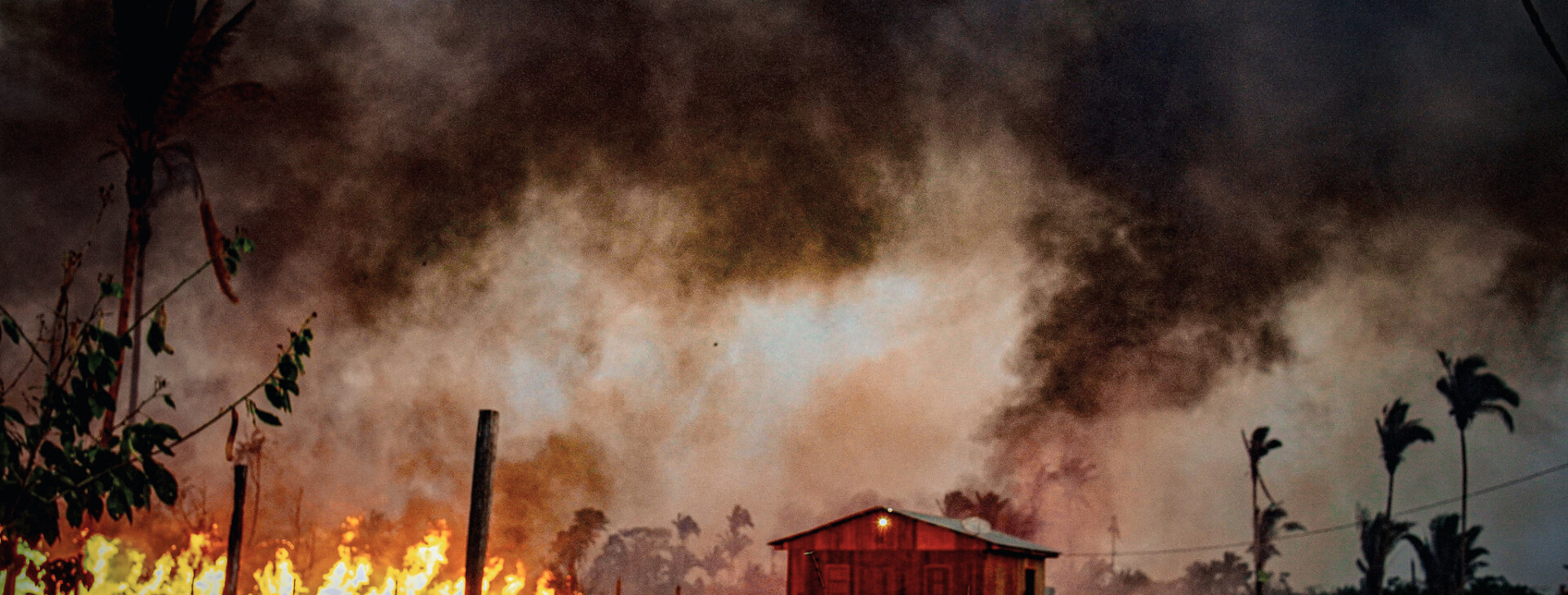
By Marcela Leiros – From Cenarium
MANAUS (AM) – Wildfire outbreaks in the Brazilian Amazon fell by 84.5% between 2024 and 2025, according to data verified by CENARIUM on the BDQueimadas platform of the National Institute for Amazonian Research (INPE). The report analyzed the period from July 24 to September 24, in both years. The reduction, considered historic, was influenced by milder drought in the region, according to climate and environment PhD Renato Trevisan Signori.
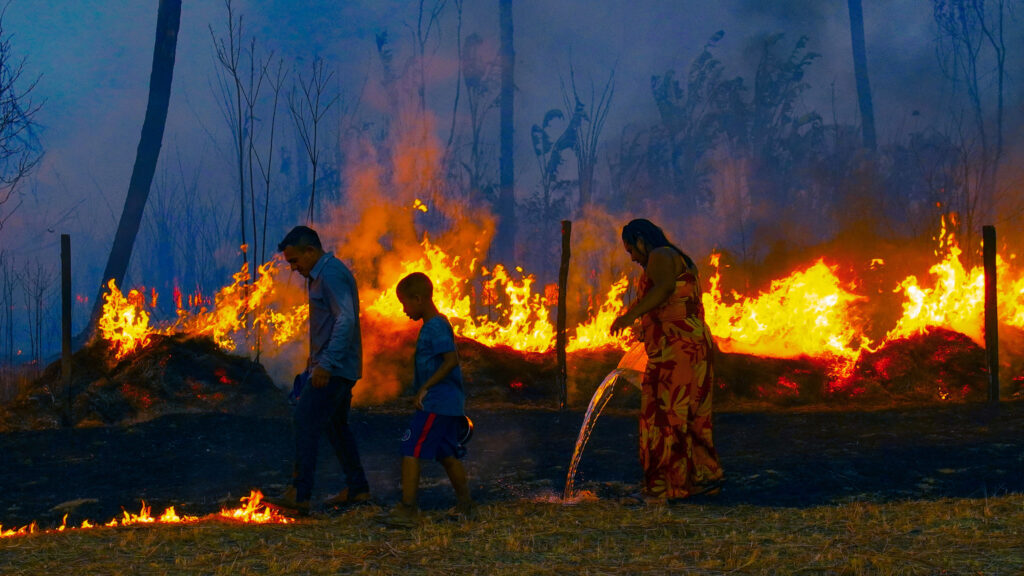
In the two months analyzed in 2025, the region recorded 12,754 wildfire outbreaks, a drastically smaller number than in the same period in 2024, when 82,327 were recorded. For the specialist consulted, the decline is linked to a combination of factors, with drought conditions being the main one.
“In 2023 and 2024 — we can say it was a two-year drought — the one in 2024 was the most severe ever recorded, at least since 1901. What happened is that even with deforestation falling, even with public policies being adopted at federal, state, and municipal levels, the environment was very conducive to wildfires. There was less humidity, less rainfall, the environment became drier, and thus fire spread more easily,” observed Signori.

Last year, rivers reached their lowest levels in the historical series, according to measurements by the Geological Service of Brazil (SGB). The agency reported that, between September 1, 2023, and the end of October 2024, monitoring in the Amazon River Basin recorded 85 historic lows.
In 2025, however, the scenario changed. “We are experiencing a normal year in climatological terms, in relation to rainfall, even slightly above average, and this is having an impact (…) So, when you have public policies in place to fight deforestation, and the climate is also favorable, you get a reduction in wildfire outbreaks,” added Renato Trevisan Signori.
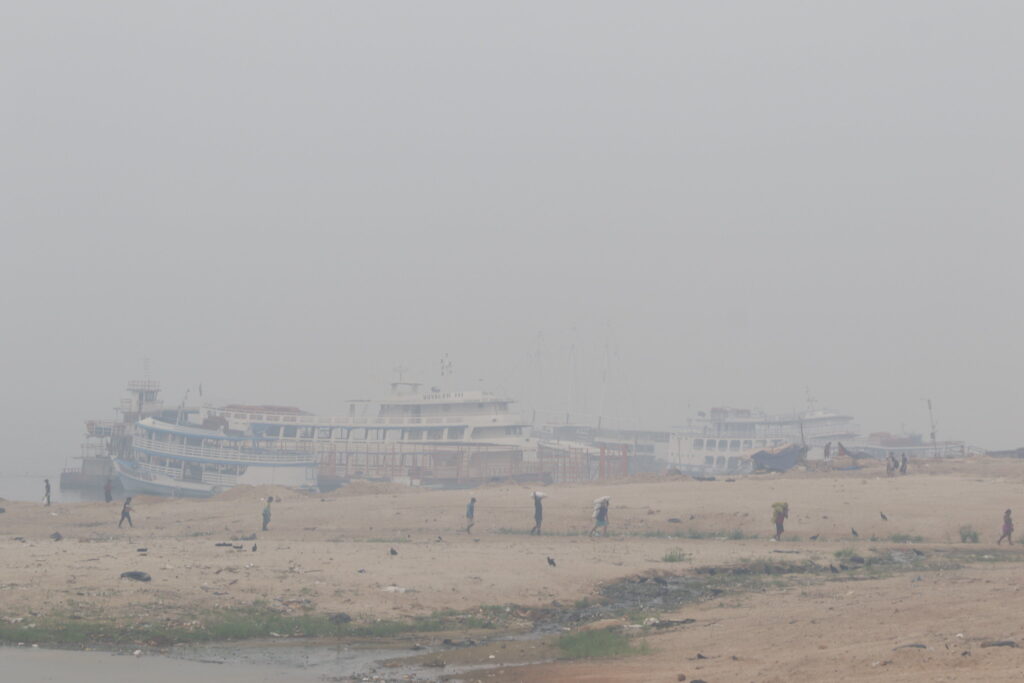
Where does the fire start?
Three main types of fires predominate in the region. The first is directly associated with deforestation: after vegetation is felled, fire is used to clear the area and replace ground cover. The second is managed fire, employed in areas already cleared for pasture or agriculture. The third occurs when flames escape these areas and invade standing forest.
According to MapBiomas, in 2024, the Amazon was the most affected biome in the country. The 17.9 million hectares burned throughout last year accounted for more than half (58%) of all the area burned in Brazil during the period, and it was the largest burned area in the biome in the last six years. Forest formations were the most affected vegetation class in the Amazon: about 6.8 million hectares, surpassing the pasture class, which registered 5.8 million hectares burned.
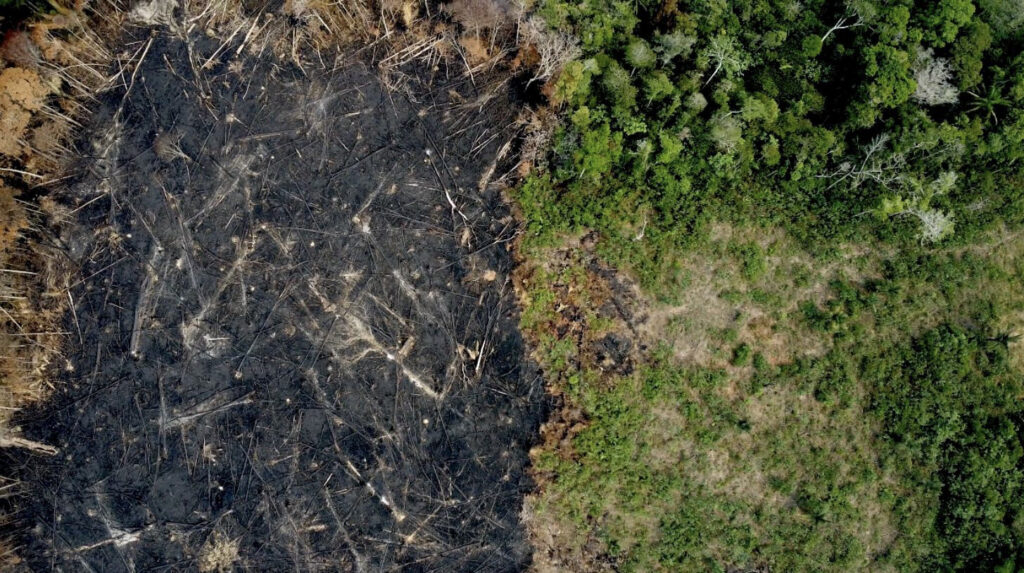
“A concerning fact is that forest formation was the most affected class, surpassing pasture areas for the first time, which traditionally were the most impacted. This change in fire patterns is alarming, as forest areas hit by fire become more susceptible to new outbreaks. It is worth emphasizing that fire in the Amazon is not a natural phenomenon and is not part of its ecological dynamics; it is an element introduced by human activity,” commented Felipe Martenexen, from the MapBiomas Fire team, at the time.
According to the organization, more than 30.8 million hectares were burned in Brazil between January and December 2024, an area larger than the entire territory of Italy. MapBiomas pointed out that the figure is associated with the cumulative effects of a long dry period that affected much of the country, linked to the “El Niño” phenomenon between 2023 and 2024, classified as moderate to strong. With low humidity, vegetation becomes more susceptible to fire.
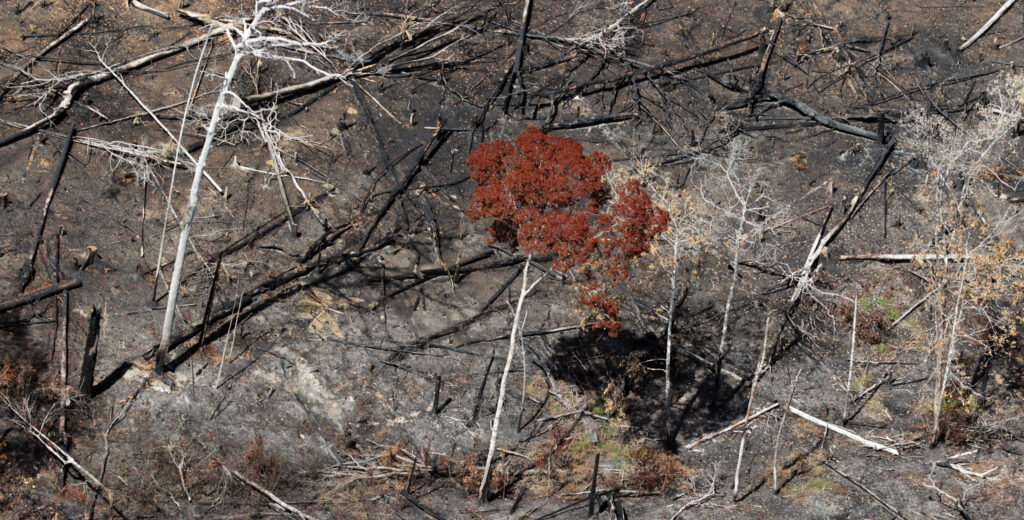
Climate and environment PhD Renato Trevisan Signori assessed that the trend for this year is to remain one with “very few wildfires.” “The outlook is very good for 2025,” he concluded.

